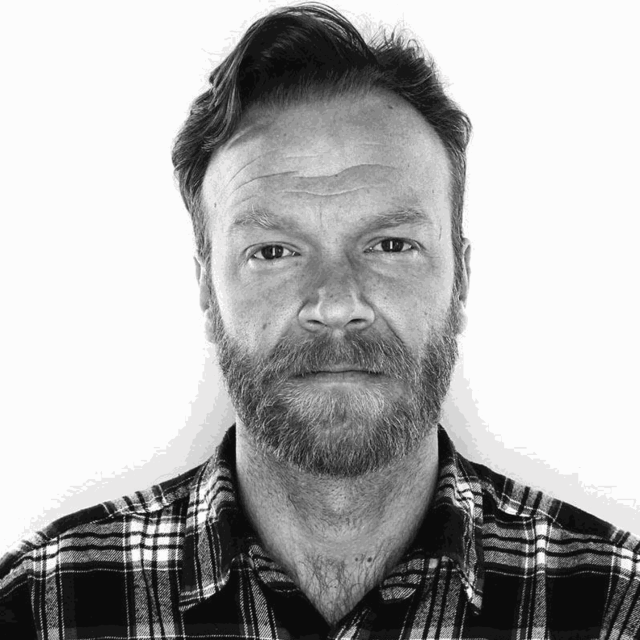Born 1978 | Lives and works in Rovaniemi, Finland
The paintings by Eemil Karila are guided by his posthumanist manifesto, according to which humanity is not above other forms of nature. In the works by Karila, wastelands, forgotten backyards and wild meadows are bathed in light and are free to flourish on areas from which all human presence has disappeared.
Karila paints straight onto unprimed linen canvas, to which he first applies copious amounts of water and ink. Once the canvas has dried, he adds paint in thick, pastel brushstrokes and spreads oil paint over it with his fingers. He likens this way of painting to gardening: after it has been watered, the colours grow on the brown linen canvas like seeds from soil. The semi-abstract paintings emerge from his experiences in nature and recollections and a totally accurate replication or realistic depiction are not the aim. The emotional level is more important than the concrete, physical one. Karila’s style has points in common with those of the painters of the turn of the 19th and 20th centuries, and with post-impressionism, in which nature was often depicted in strong, complementary colours. But the ecocritique in Karila’s works anchors them firmly in the present day.
Eemil Karila’s long career has included more than 30 solo exhibitions and numerous group shows around the world, including in Germany, Estonia, Sweden, Brazil and Venezuela. Karila, who lived for a long time in Berlin, has now settled in his old home city of Rovaniemi. His art is in the collections of the Rovaniemi and Tampere Art Museums, Wihuri Foundation, Aune Laaksonen, Aine Art Museum in Tornio, the Miettinen Collection in Berlin, and elsewhere.
